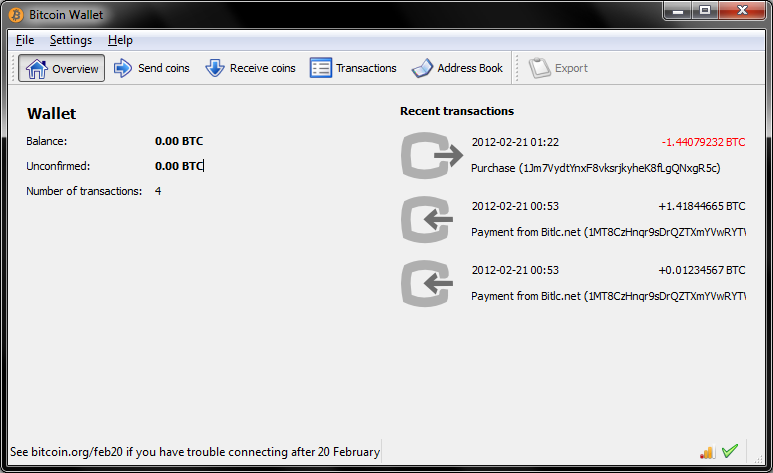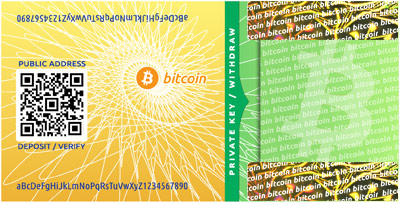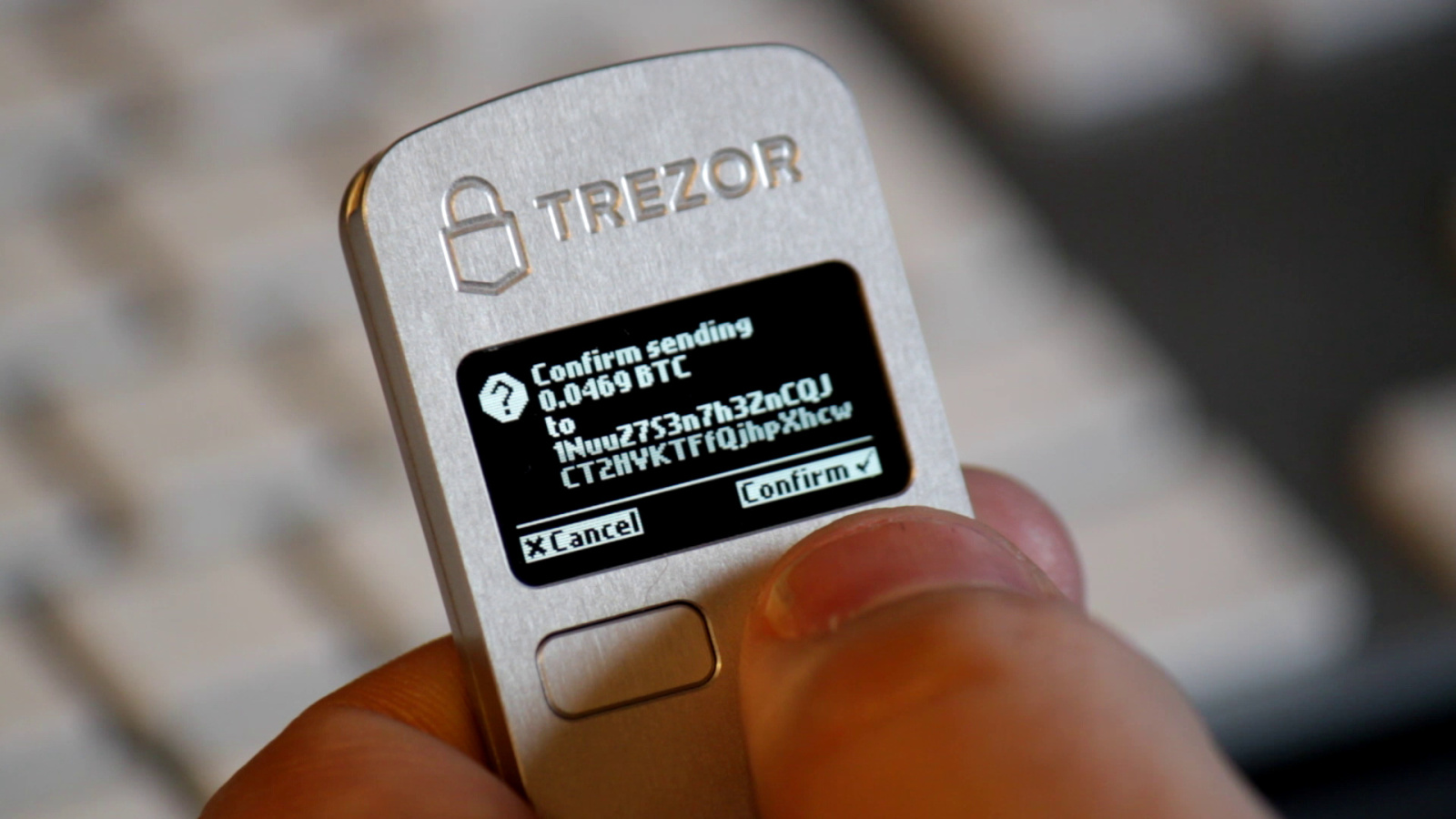Bitcoin – The First and No.1 Cryptocurrency in the world.

If you remember what happened in the year 2008, the first thing that comes up is the 2008 US Financial Crisis. And it was the worst economic disaster since the Great Depression of 1929.
But in the same year, a person (or a group of persons) with the name “Satoshi Nakamoto” published a white paper called “Bitcoin: A Peer-to-Peer Electronic Cash System“. The identity of the person is still unknown to the date.
In this paper, it is described how we can implement a decentralized digital currency securely without needing a central authority to validate the transactions.
The first actual implementation of the cryptocurrency called bitcoin started in the year 2009.
Let’s understand in detail about Bitcoin.
What is Bitcoin?
Bitcoin is a type of decentralized digital or virtual currency called cryptocurrency that can be used to pay bills in the hotel, used to pay at restaurants, used to buy XBOX Games, etc. Bitcoin is purely digital and doesn’t have any physical currency like Government issues currencies and it is based on Blockchain Technology.
How Bitcoin is Different from Fiat(Government-issued) currency?

The first thing that might come to your mind is, How bitcoin is different from the government-issued currencies and what problem does it solve?
when you go outside and transact through a credit/debit card, that transaction gets validated by a central authority or a bank. Sometimes those transactions get failed for many reasons like,
1- Bank server Issue.
2- Doesn’t have enough cash in your account.
One major difference between Bitcoin and Fiat currency is, bitcoin doesn’t require any central authority to validate the transaction.
What problem does Bitcoin solve?
1-Decentralization
Bitcoin is decentralized:
- Bitcoin does not have a central authority.
- There is no central server; the bitcoin network is peer-to-peer.
- There is no central storage; the bitcoin ledger is distributed.
- The ledger is public; anybody can store it on their computer.
- There is no single administrator; the ledger is maintained by a network of equally privileged miners.
2- Double-Spending
Double spending occurs when the same digital token is spent twice.
Unlike physical cash, digital tokens can be changes or duplicated by hackers. Bitcoin system can not be tampered with, as every transaction gets validated by all connected in the same network.
Structure and Design of the Bitcoin.
Bitcoin is made possible only by using blockchain technology.
As the name suggests, Blockchains are the chain of blocks linked with the previous blocks and the block next to them.
Blockchain is a distributed ledger technology(DLT) based on a peer-to-peer(P2P) network. And this distributed ledger allows data to be stored globally on the computer servers connected to the same network.
Let me give you an example of how this works?
let’s say there are 100 computers or servers are connected to the blockchain network. A person X(has 10 bitcoins) wants to send 5 bitcoins to person Y(has 6 bitcoins). If the transaction is successful(which in this case it will), then the updated coin balance of both X and Y will be 5 and 11 respectively. And this transaction gets validated by those 100 computers and gets updated accordingly. The validation and update take time(10 mins. for the case of bitcoin). If X again tries to send 6 bitcoins to Y (which in this case it should fail ), the new transaction gets forked(or copied) to another branch. When the previous transaction gets validated and updated, the new transaction gets compared with the previous transaction and updated accordingly.
How to get or earn Bitcoins?
1- Mining

To validate a transaction, all the computers that are connected to the blockchain network are given a set of complex mathematical problems.
whoever solves this problem first and adds a block to the blockchain, gets rewarded as a token(12.5 in the case of bitcoin).
Mining nowadays takes lots of computational power.
To achieve that you need powerful CPUs and GPUs.
You need a stable Internet connection and Electricity.
2- Buying from exchanges.
Miners who mine Bitcoins sell their coins to many of the cryptocurrency exchanges
if you don’t want to invest money in Electricity, Internet, CPUs, and GPUs you can always buy cryptocurrencies from these exchanges.
Buy Bitcoin from Binance(A cryptocurrency exchange)
3-Transfers
People can send bitcoins to each other using mobile apps or their computers. It’s similar to sending cash digitally.
Is investing in Bitcoin good?
Bitcoin trading happens 24x7x365 days.
So it is very volatile. I would suggest not investing in cryptocurrency if you do not understand how the technology works and do not spend all your hard-earned money on cryptocurrencies.
Wallets.
A wallet stores the information necessary to transact bitcoins. While wallets are often described as a place to hold or store bitcoins, due to the nature of the system, bitcoins are inseparable from the blockchain transaction ledger. A wallet is more correctly defined as something that “stores the digital credentials for your bitcoin holdings” and allows one to access (and spend) them. Bitcoin uses public-key cryptography, in which two cryptographic keys, one public and one private, are generated. At its most basic, a wallet is a collection of these keys.
1- Software Wallets
- Full clients verify transactions directly by downloading a full copy of the blockchain (over 150 GB as of January 2018). They are the most secure and reliable way of using the network, as trust in external parties is not required. Full clients check the validity of mined blocks, preventing them from transacting on a chain that breaks or alters network rules. Because of its size and complexity, downloading and verifying the entire blockchain is not suitable for all computing devices.
- Lightweight clients consult full clients to send and receive transactions without requiring a local copy of the entire blockchain. This makes lightweight clients much faster to set up and allows them to be used on low-power, low-bandwidth devices such as smartphones. When using a lightweight wallet, however, the user must trust the server to a certain degree, as it can report faulty values back to the user. Lightweight clients follow the longest blockchain and do not ensure it is valid, requiring trust in miners.


2- Physical Wallets



Physical wallets store the credentials necessary to spend bitcoins offline and can be as simple as a paper printout of the private key: a paper wallet. A paper wallet is created with a keypair generated on a computer with no internet connection; the private key is written or printed onto the paper and then erased from the computer. The paper wallet can then be stored in a safe physical location for later retrieval. Bitcoins stored using a paper wallet are said to be in cold storage.
A hardware wallet keeps credentials offline while facilitating transactions. The hardware wallet acts as a computer peripheral and signs transactions as requested by the user, who must press a button on the wallet to confirm that they intended to make the transaction. Hardware wallets never expose their private keys, keeping bitcoins in cold storage even when used with computers that may be compromised by malware.




